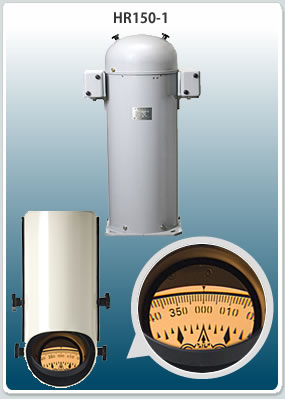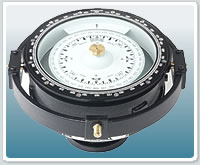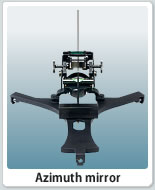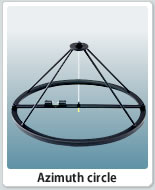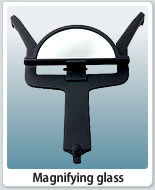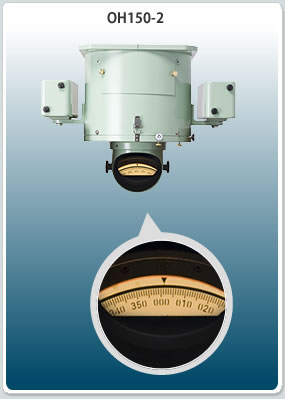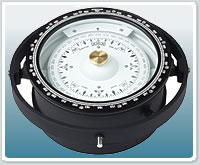Magnetic compass has its root in "zhi nan yu (literally 'south-pointing fish')", a fish-shaped magnet that was invented in the Song era in China. Zhi nan yu was brought into Europe, and was evolved into "magnetic compass", which was later called one of the three most important inventions in the Renaissance. Magnetic compass came into full bloom during the Great Navigation Age, and made great contribution to civilization. It is no exaggeration to say that magnetic compass changed the subsequent world history.
Nunotani tackled the production of nautical magnetic compasses for the first time in Japan in 1892, and has been promoting studies and improvements over the 120 years since then, in order to meet requests from customers.
* Our products conform with the following standards.
- IMO (International Maritime Organization) A.382(x)
- Type approval by the Ministry of Land, Infrastructure and Transport
- ISO (International Organization for Standardization) 449
- ISO (International Organization for Standardization) 2269
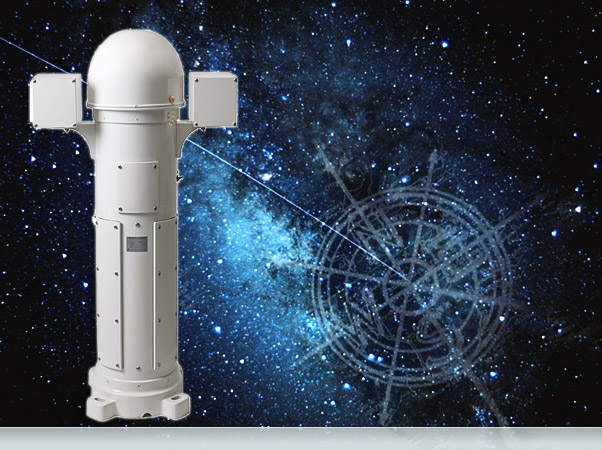
Reflection magnetic compasses
A lens is attached to the binnacle of the standard compass, and the projecting tube runs straight down through to the inside of the wheelhouse. Image is displayed using the reflector.
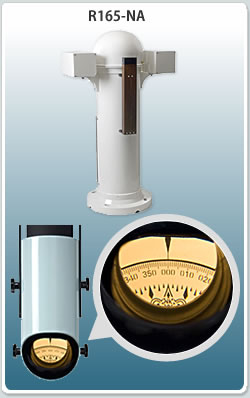
Projection magnetic compasses
A lens is attached to the binnacle of the standard compass, and the projecting tube runs straight down through to the inside of the wheelhouse.
Image is displayed directly, so larger and more vivid image is available compared to the reflection type.
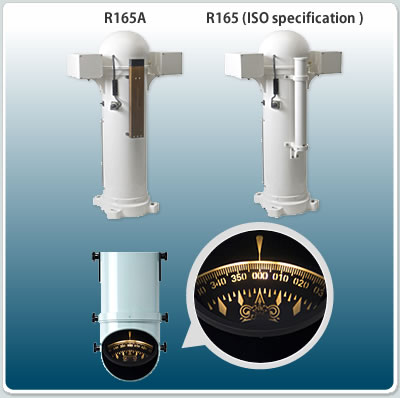
| Select one of the four lengths of the projecting tube listed in the right. | 500 ± 75 mm 630 ± 75 mm 760 ± 75 mm 890 ± 75 mm |
|---|
* Direction converter (with a sensor) * Optionally available
Dogleg projection magnetic compasses
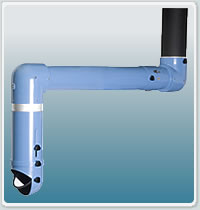 While the structure of this type is almost the same as that of projection magnetic compasses, there is no need to install the projecting tube straight down through to the inside of the wheelhouse, which enables flexible layout inside the wheelhouse.
While the structure of this type is almost the same as that of projection magnetic compasses, there is no need to install the projecting tube straight down through to the inside of the wheelhouse, which enables flexible layout inside the wheelhouse.Compass bowl for magnetic compasses KN-R165 / Accessories
Special magnetic compasses
Compass for small boats
This product is designed for small boats, and takes up only small space inside the wheelhouse.
